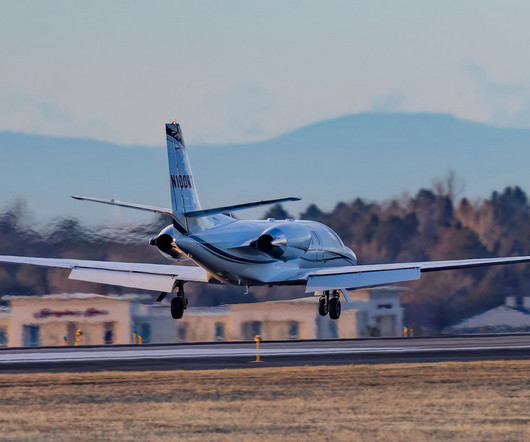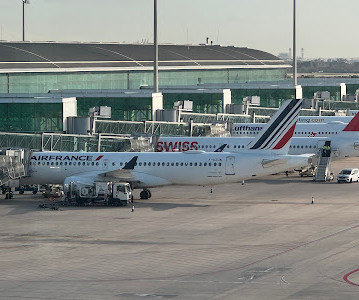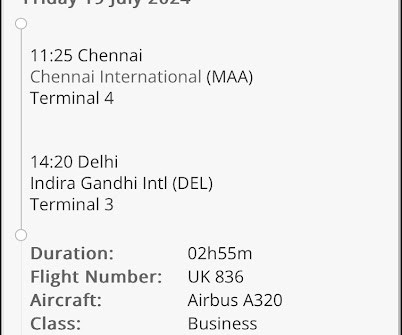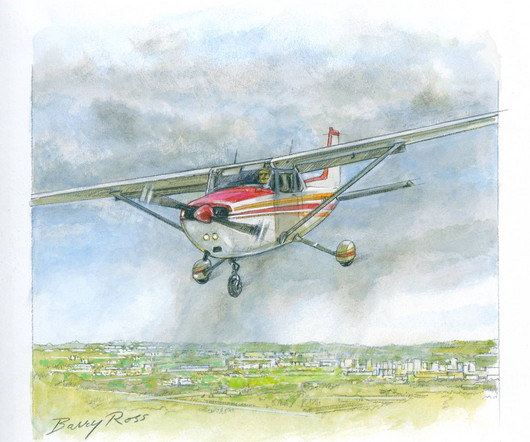Pilot, Know Thyself: Discovering What It Means to Be Painfully Average
Flying Magazine
JUNE 10, 2025
This one is for an unstable approach due to an excessive descent rate (1,232 ft/min). degree glideslope, high density altitude, and an approach speed of 150 knots, all of which put our nominal descent rate very close to the book maximum of 1,000 ft/min. What changed? Before FlightPulse, I probably wouldn’t have remembered it.






















Let's personalize your content